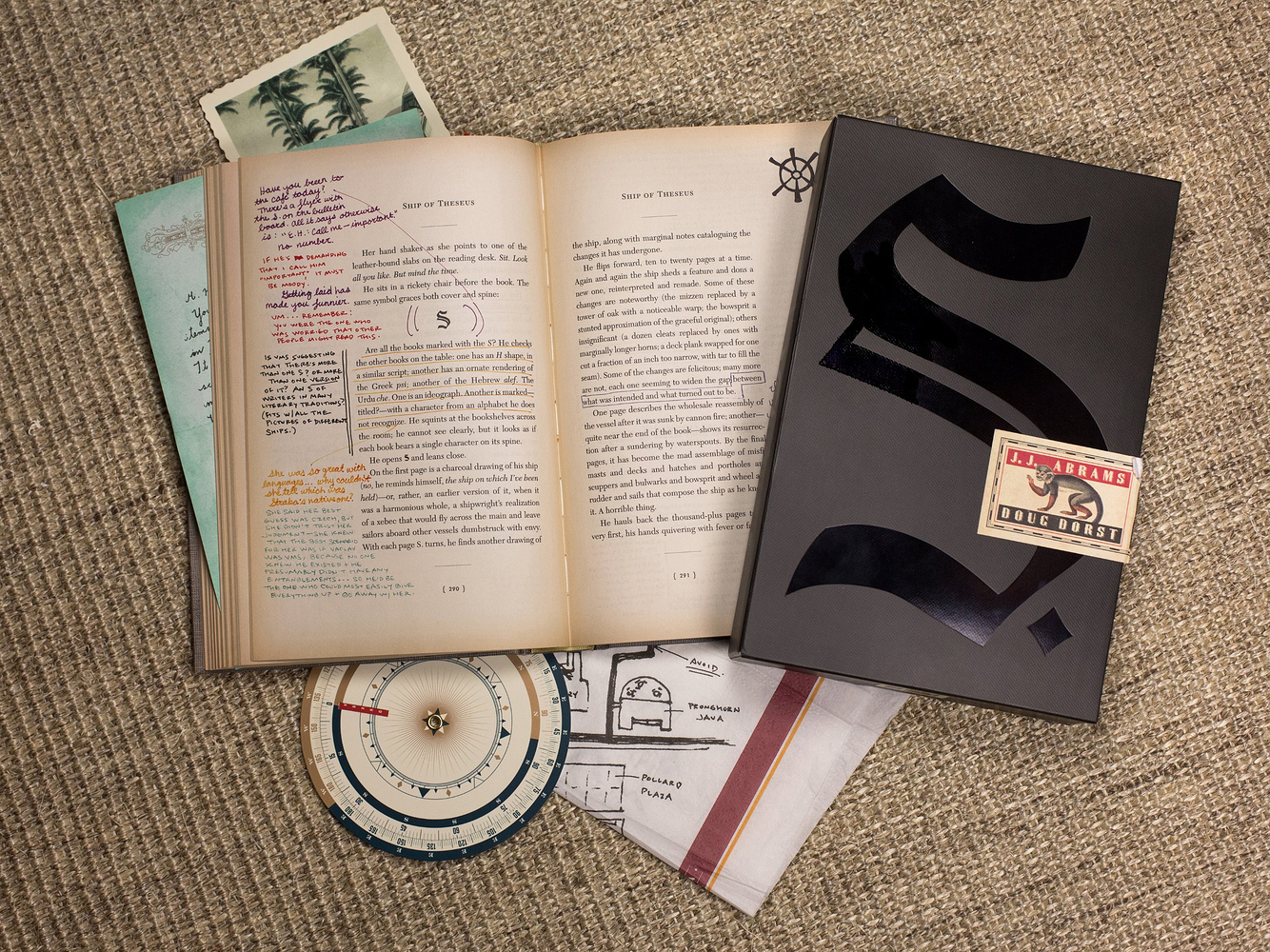
May I therefore succeed in purifying Fable, making her submit to reason and take on the semblance of History. It seemed to me that I must make the founder of lovely and famous Athens the counterpart and parallel to the father of invincible and glorious Rome. Whom shall I set against him? Who is competent?” 3 With such a warrior” (as Aeschylus says) “who will dare to fight?” 2 Just as geographers, O Socius Senecio, 1 crowd on to the outer edges of their maps the parts of the earth which elude their knowledge, with explanatory notes that “What lies beyond is sandy desert without water and full of wild beasts,” or “blind marsh,” or “Scythian cold,” or “frozen sea,” so in the writing of my Parallel Lives, now that I have traversed those periods of time which are accessible to probable reasoning and which afford basis for a history dealing with facts, I might well say of the earlier periods “What lies beyond is full of marvels and unreality, a land of poets and fabulists, of doubt and obscurity.” But after publishing my account of Lycurgus the lawgiver and Numa the king, I thought I might not unreasonably go back still farther to Romulus, now that my history had brought me near his times.

LIFE OF THESEUS, TRANSLATED BY BERNADOTTE PERRIN Other volumes in the series contain the rest of the Lives.

In addition to the translation of the Life of the Theseus the book contains the Lives of Romulus, Lycurgus, Numa, Solon and Poplicola, source Greek texts, Perrin's introduction and footnotes and an index of proper names.

This Loeb volume is still in print and available new from (click on image right for details).

Plutarch approaches both as an historian and rationalises the fantastic elements of their stories. Two of the Lives describe characters of myth, namely Theseus and Romulus. His extant works include the Parallel Lives, Moralia and Questions. PLUTARCH was a Greek historian and writer who flourished in Greece in the late C1st and early C2nd A.D.


 0 kommentar(er)
0 kommentar(er)
